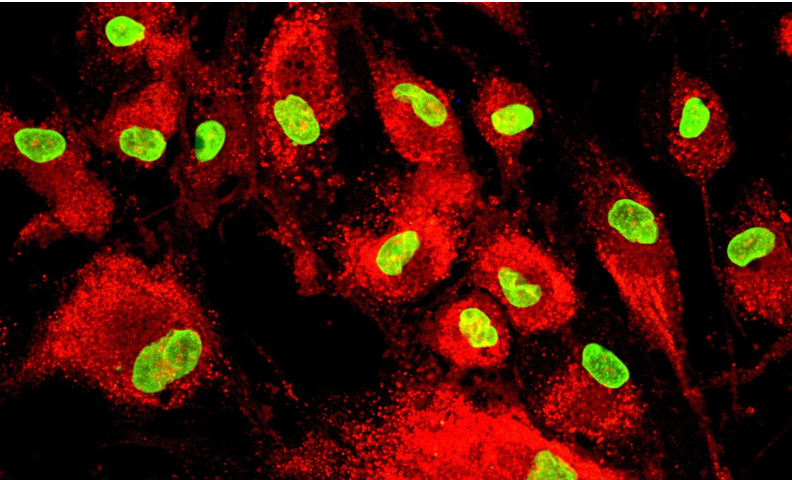A New Anti-triple Negative Breast Cancer Agent
A unique heat-labile enterotoxin cytotoxic to triple-negative breast cancer (TNBC) cells with reduced side effects.
Approximately 10-15% of all breast cancers are triple negative, lacking the estrogen or progesterone receptors and the human epidermal growth factor receptor 2 (HER2). TNBC is an aggressive form of cancer with a poorer prognosis than the other breast cancers. Annually in the U.S. there are 311,000 new invasive breast cancer cases and 42,000 deaths. The bottom line is 13% of American women will develop breast cancer sometime in their lifetime.
Type II heat-labile LT-IIc enterotoxin is a natural product produced by Escherichia coli. It consists of one A polypeptide with ADP-ribosyltransferase activity and five B polypeptides which bind glycoconjugates of the host. LT-IIc is cytotoxic towards triple-negative breast cancer (TNBC) cells but not normal cells. The B subunits bind to cell surface gangliosides. The molecule constructed at University at Buffalo retains glycoside binding, removes the ADP-ribosylation ability while maintaining cytotoxicity. Targeting of these gangliosides by modified LT-IIc or human monoclonal antibodies would be useful for treating TNBC.
 Source: Volha, https://stock.adobe.com/uk/218852487, stock.adobe.com
Source: Volha, https://stock.adobe.com/uk/218852487, stock.adobe.com
- Non-toxic to cells other than to TNBC cells
- Novel pathway
- Direct treatment of triple-negative breast cancer patients
- Drug discovery tool
U.S. Provisional patent application 63/670,560 was filed on July 12, 2024.
- In vitro cell culture tested
https://en.wikipedia.org/wiki/Technology_readiness_level
Available for license or collaboration.
Exclusive for drug development, non-exclusive as a research tool.
Toxins publication abstract
Patent Information:
| App Type |
Country |
Serial No. |
Patent No. |
Patent Status |
File Date |
Issued Date |
Expire Date |
|